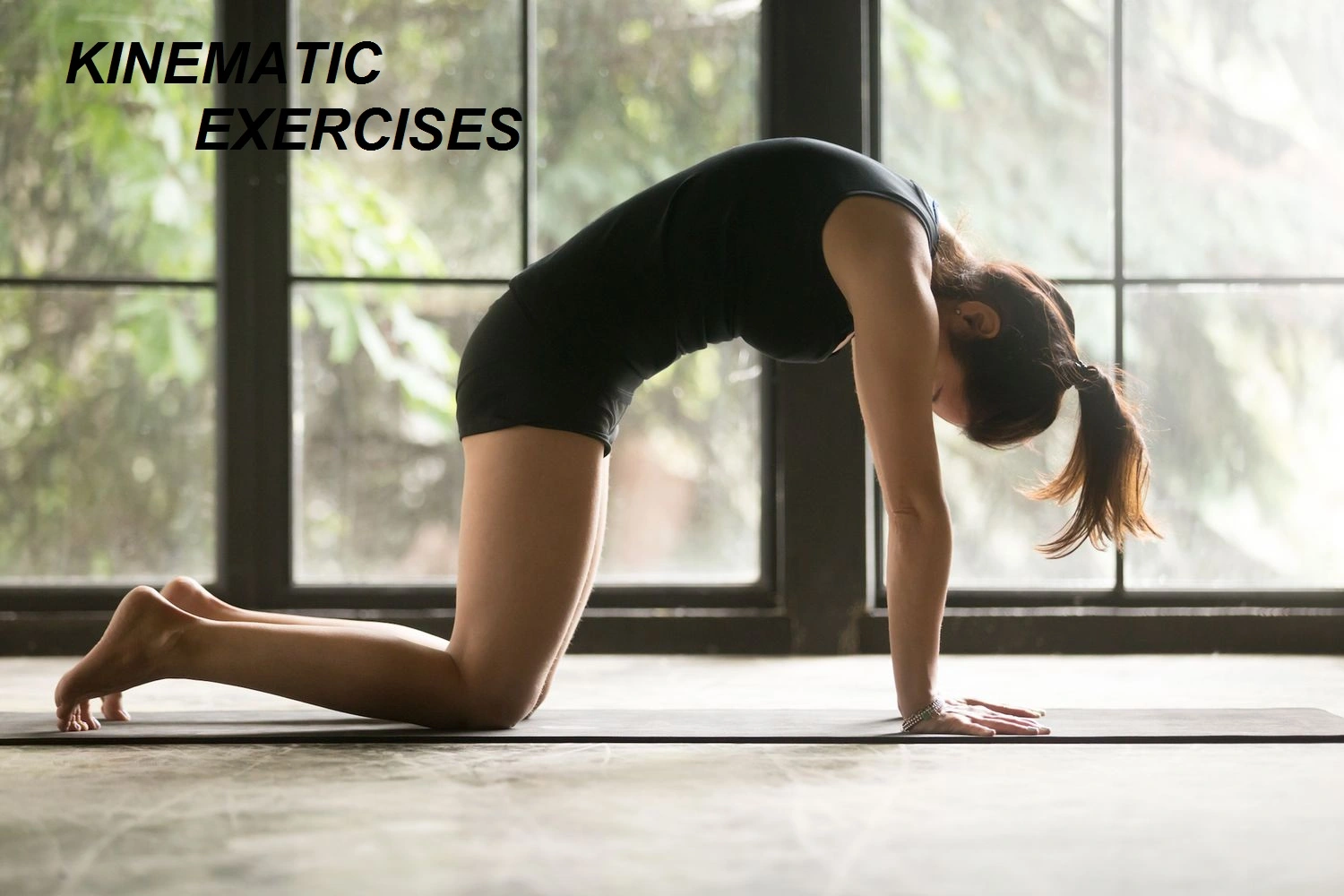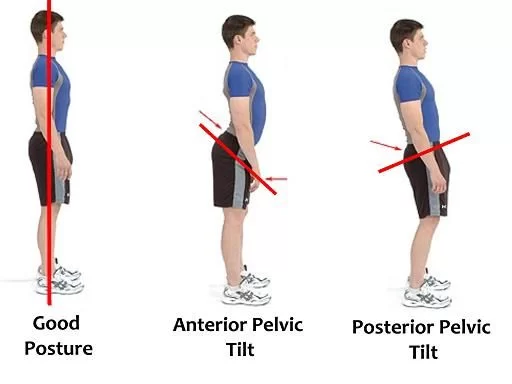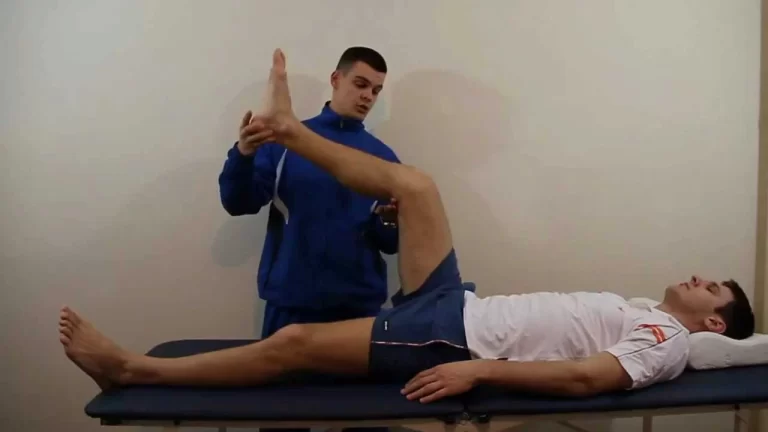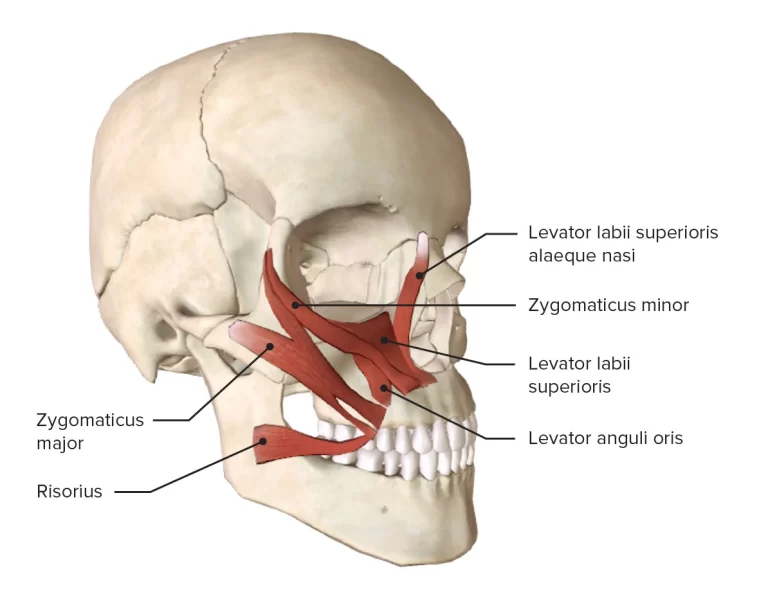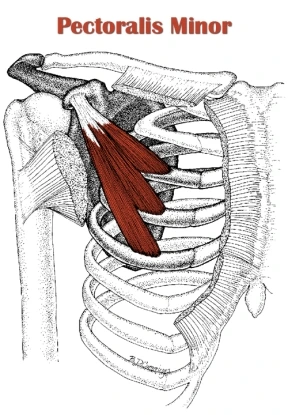Kinetic Chain Exercises
What are Kinetic movements?
Kinetic chain exercises are a type of physical exercise that focuses on movements involving multiple joints and muscle groups working together in a coordinated manner. The concept of the kinetic chain recognizes that the body functions as an interconnected system, and that movement in one part of the body can affect other parts.
These exercises aim to improve strength, stability, coordination, and overall functional movement patterns. By engaging multiple joints and muscle groups simultaneously, kinetic chain exercises can enhance athletic performance, prevent injuries, and improve overall physical fitness.
The study of motion without consideration of driving forces is known as kinematics. There are three types of motion worlds: translational, rotational, and normal.
- Translational motion is the movement of an object or body in a straight line. For example, when flying through the air and climbing straight up.
- Translational motion is the movement of an object or body in a straight line. For example, when flying through the air and climbing straight up.
- Normal motion is the movement of an object or body involving translation and rotation. As the body moves forward(translation), the leg turns(rotates) and runs.
There are 2 types of kinematic chain exercise: 1. open kinematic chain & 2. closed kinematic chain
Open vs Closed Kinetic chain exercise
- Closed kinematic chain: The distal ends of the limbs are fixed to a stationary object during workouts or motions referred to as closed kinetic chain (CKC) exercises or closed chain movements.
- Open kinematic chain: An open kinetic chain exercise (OKC) is one in which the part that is furthest from the body, such as the foot, is free and not linked to anything.
| Characteristics | Closed kinematic chain | Closed kinematic chain |
| Stress pattern | Rotary | Linear |
| Number of joint axes | One primary | Multiple |
| Nature of joint segments | One stationary, the other mobile | Both segments moves simultaneously |
| Number of joint segments | isolated joint motion | Both segments move simultaneously |
| Planes of movements | One(single) | Multiple(triplane) |
| Muscular involvements | Isolation of muscle or muscle groups, minimal muscular co-contraction | Significant muscular co-contraction |
| Movement pattern | Often non-functional movement patterns | Significant functionally oriented movement pattern |
The difference between open and closed movements is clear, but the results are a little more complex. Squats and lunges are two common complicated movements seen in closed-chain exercises. These efficient exercises work several muscles at once. They are frequently both practical and mirror the everyday movements people make.
Most frequently, isolation exercises are open kinetic workouts.
Consider a leg curl in contrast to a closed-arm deadlift. There are rare exceptions, but open exercises usually use just one joint and fewer muscles than closed activities. The bench press is an exception to this practice since it works several different muscles in addition to the back, shoulders, and elbows.
- EXAMPLES OF BOTH OKC & CKC:
- OKC: Leg extension, hamstring-curl, biceps-curl
- CKC: Squats, lunges, push-ups
Characteristics of Kinematic chain exercise
Kinematic movements can be described using several parameters, including position, velocity, and acceleration.
Kinematic movements can be described using several parameters including position velocity and acceleration this exercise is a type of exercise that requires slow gentle movement and control these exercises typically focus on stretching and flexibility and can be a great way to improve your movement the goal of walking exercises is to help you move faster and more effectively while reducing your risk of injury movement exercises include gentle control of movement and generally focus on stretching and flexibility.
These exercises help improve your range of motion and can be a great way to warm up before intense workouts an important aspect of walking exercises is the emphasis on slow and controlled movement this allows you to focus on your attitude and technique and helps avoid sudden movements or strains that could lead to injury.
By going slowly and deliberately you can also relax your muscles and get a good workout another important aspect of walking exercises is the focus on stretching and flexibility many movement exercises include movements that stretch your muscles and improve your range of motion this can give your day more flexibility and comfort without hurting you while doing other exercises.
Some examples of movement exercises include yoga pilates and tai chi these exercises can be done at home or elsewhere and are usually gentle controlled movements designed to improve your strength flexibility and balance many people find that when they exercise regular warm-up exercises can help them feel relaxed and focused and even in dealing with stress and anxiety it can help.
Examples of Kinetic Chain exercises
- Overall, warm-up exercises are a great way to improve your fitness and reduce your risk of injury. You can improve your mobility, flexibility, and strength with gentle concentration and stretching exercises. These are a few exercises you can try doing at home:
- Cat-Cow Stretch: Start in a four-legged stance with your knees behind your hips and your elbows under your shoulders. In the “cow poses,” exhale, reach back, and lift your head and tailbone. Rotate your spine, press your nose into your chest, and exhale as you bring your head to your knees (Cat Pose). Repeat 10-15 times.
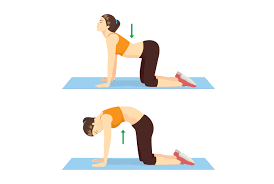
- Dog facing down: Start with your arms parallel to your knees. Now tuck your elbows under your shoulders and tuck your knees directly under your hips. To create an inverted “V” shape, lower your toes, lift your hips and back, and straighten your arms and legs. Hold fifteen breaths.

- Sit Forward: Sit on the floor with your feet in front of you. Take a deep breath to stretch your spine, thrust your hips forward, and spread your ankles. Hold fifteen breaths.

- Front Fold: Stand with your feet hip-width apart. Exhale as you bend forward at the waist and extend your arms downward. Go up and rest. Hold for 5-10 breaths.

- Warrior II: Keep your feet 3-4 feet apart. Meanwhile, turn your left leg in slightly and your right leg out 90 degrees. Inhale, extend your arms at your sides. Release the air as you extend your arms to your sides.

- Hold for fifteen breaths, then alternate between blocks. Remember to slow down, control yourself, and watch your breathing as you go through each workout. These exercises can be done on their own or as part of a long-term workout.
Benefits of Kinematic Chain exercises
- Improved Flexibility: Mobility exercises can help increase your mobility and flexibility, making movement and daily activities easier.
- Reduce the risk of injury: By improving your flexibility, strength, and coordination, warm-up exercises can help reduce your risk of injury during the performance of the exercise is reduced -which will reduce purity.
- Better posture: Warm-up exercises can help improve your posture by strengthening the muscles that support your spine and other joints.
- Reduce Stress: Warm-up exercises can significantly reduce the stress and tension in your body, leaving you feeling relaxed and refreshed.
- Strength building: Many bodyweight exercises act as resistance, which can help increase your strength and fitness.
- Overall, warming up exercise can be a great way to improve your overall health and well-being and help motivate you and make you feel good about your everyday life.
Risks of Kinematic Chain Exercises
As with any form of exercise, there are some risks associated with speed workouts. These risks may include:
- Joint pain: repetitive use of kinematic exercise can make joints painful specifically when you already have joint problems or if you don’t use the proper form of exercise.
- It’s important to talk to your doctor or a qualified physiotherapist before starting a new exercise program, especially if you have health conditions or concerns. They can help you understand which exercises are safe and appropriate for your individual needs and goals, and help you learn the proper form and technique to reduce your risk of injury.
Disadvantages of Kinetic Chain exercises
While kinematic exercises can have many benefits, there are also some potential disadvantages:
- Risk of injury: Like any exercise, there is a risk of injury if it is done incorrectly or pushed too hard.
- Overuse injuries: If you do the same exercise over and over again without proper rest and recovery, you could be putting yourself at risk of injury if you overuse it for example no without root or stress.
- Not for Everyone: Certain running exercises may not be suitable for people with certain health conditions or injuries. It is important to talk to your doctor or a qualified chiropractor before starting a new exercise program.
- It can be time-consuming: Depending on the type of exercise and how long you choose to do it can take lots and lots of time as well.
- May not be effective for all goals: While walking exercises can help improve mobility, strength, and coordination, they may not be the most effective form of flight exercise to achieve other purposes such as heart -conditions and weight loss.
- So, although walking exercises have some potential drawbacks, they can be a safe and effective way to improve your physical fitness and overall health with guidance on the appropriate.
Summary
In conclusion, the kinetic is the motion of an object or body regardless of the force produced by its motion. There are three types of motion worlds: translational, rotational, and general. Potential characteristics include location and speed. An understanding of the kinematic is necessary to understand the movement of the body in a controlled and efficient manner.
FAQ
How often should I do kinematic exercise?
Kinematic exercises should be done at least 2-3 times a week for best results. Average time should be of 1-2 hours in accordance with person’s condition.
Is kinematic exercise suitable for people of all ages and fitness levels?
Yes, kinematic exercises can be adapted to people of all ages and fitness levels.
Can kinematic exercise help with weight loss?
Yes, kinematic exercises can help with weight loss because they require full-body movement to burn calories and build metabolism.
What equipment is needed for kinematic exercise?
Kinematic exercise can be done with little or no equipment, but some exercises may require resistance bands, kettlebells, or dumbbells.
How long should a kinematic exercise session last?
Depending on the intensity and intensity of the exercise, movement exercises can last 20-60 minutes.

